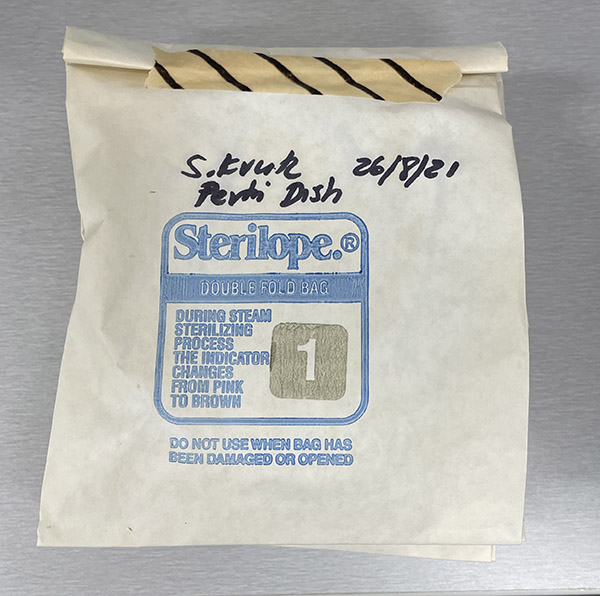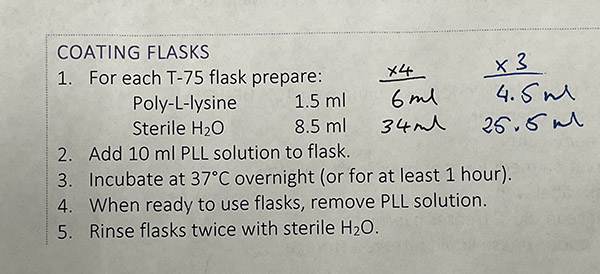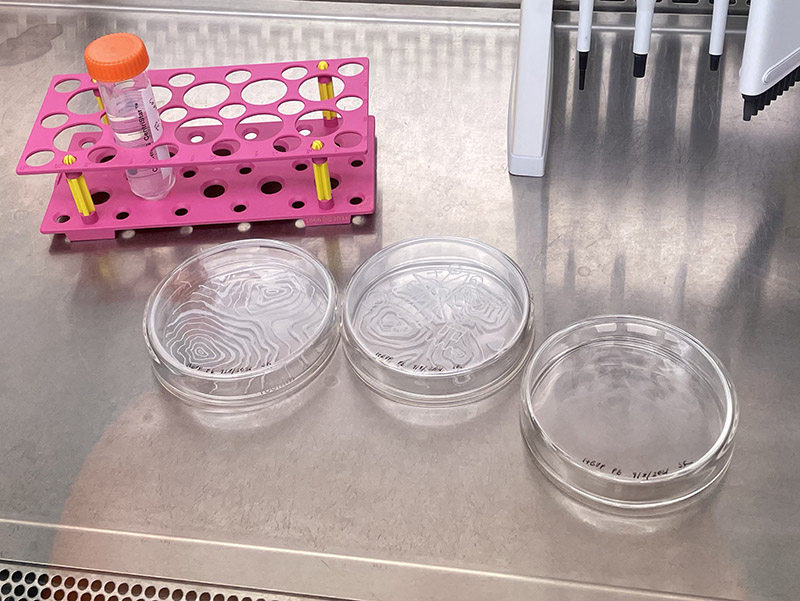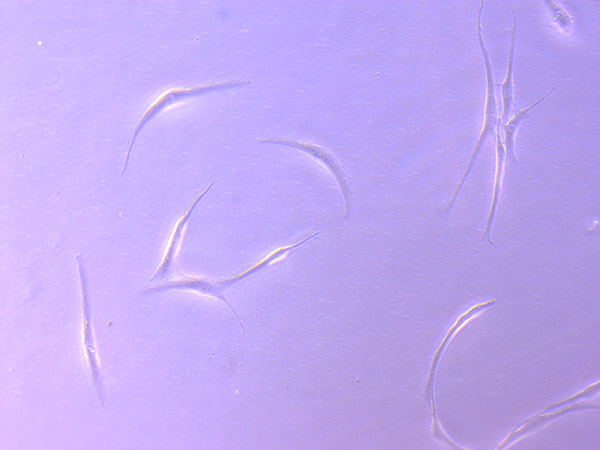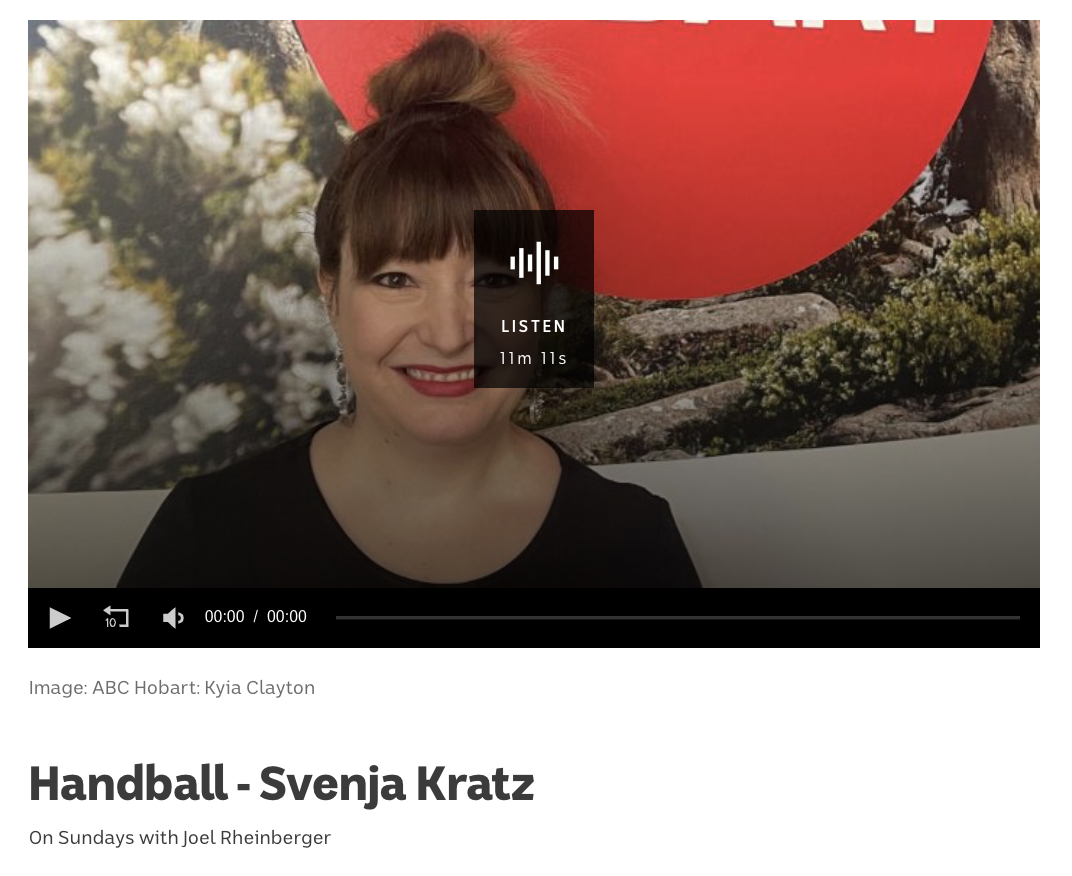We are minor amendments away from final IBC approval to move ahead with iPSC and Cell Immortalisation processes.
I previously compiled a list of possible options based on available kits and associated literature. Brad and Jo-Maree recommended companies with Australian distributors due to delays in International shipping due to COVID. With this in mind, we identified the ThermoFisher
Epi5 Episomal iPSC Reprogramming Kit for reprogramming the fibroid (Tumour Baby) cells into a stem cell like state. The online product listing also has a comprehensive manual which provides clear instruction regarding the required materials and reagents and protocol. 
Overview of key steps in the reprogramming process from Epi5 manual.
We can now move forward with ordering the kit and other required/associated elements.
For cell immortalisation Brad also recommended we use a company with an Australian outlet. Fischer Scientific may be the best option as they have a range of Alstem Immortalization Products. We have identified the SV40 T Antigen and hTERT Cell Immortalization Kits as the most applicable for our cells.
Both kits have good product documentation and manuals available via the Alstem Bio website.
My preference is to ue the SV40 T Antigen. The protocol looks deceptively simple:
- Plate the target cells in one well of 6-well plate at density of 1-2 x 105 cells/well.
- The next day, take one vial of the concentrated recombinant lentivirus from -80 °C freezer and thaw it on ice.
- Infect the target cells in a 6-well plate with 4-20 μl/well viral supernatant in the presence of 4 μl TransPlus reagent (ALSTEM, cat#V050). Note: TransPlus reagent is a polycation that neutralizes charge interactions to increase binding between the pseudoviral capsid and the cellular membrane.
- The next day, aspirate medium containing viral supernatant and add the appropriate complete growth medium to the cells and incubate at 37 °C.
- After 72 hours incubation, subculture the cells into 2 x 100 mm dishes and add the appropriate amount of puromycin for stable cell-line generation.
- 10-15 days after selection, pick clones for expansion and screen for positive ones. Note: Since the virus-titer will decrease significantly, we recommend that adding 25% v/v virus protection medium (ALSTEM, cat# VF050) into the thawed supernatant before frozen again for future use.
See: https://www.alstembio.com/web/protocol/SV40_T_Antigen_Cell_Immortalization_Kit_Protocol.pdf
I hope it works out as simply as this sounds…

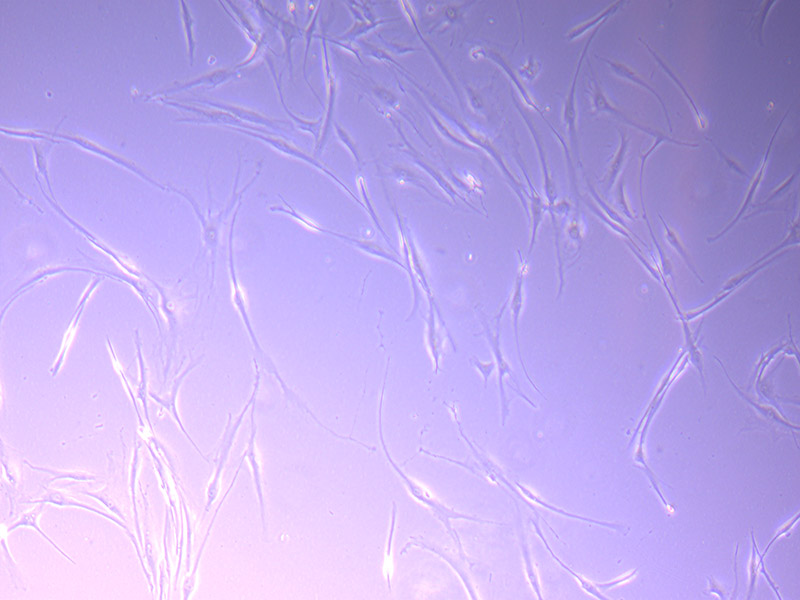
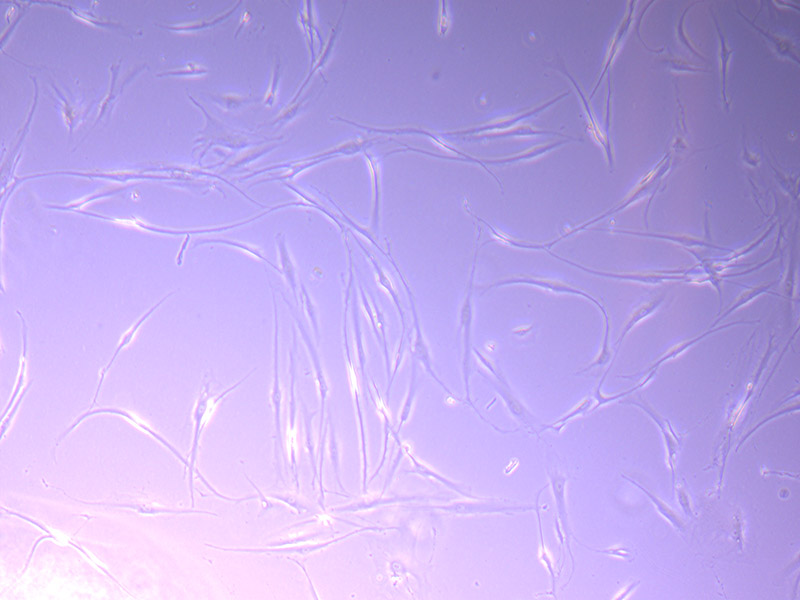
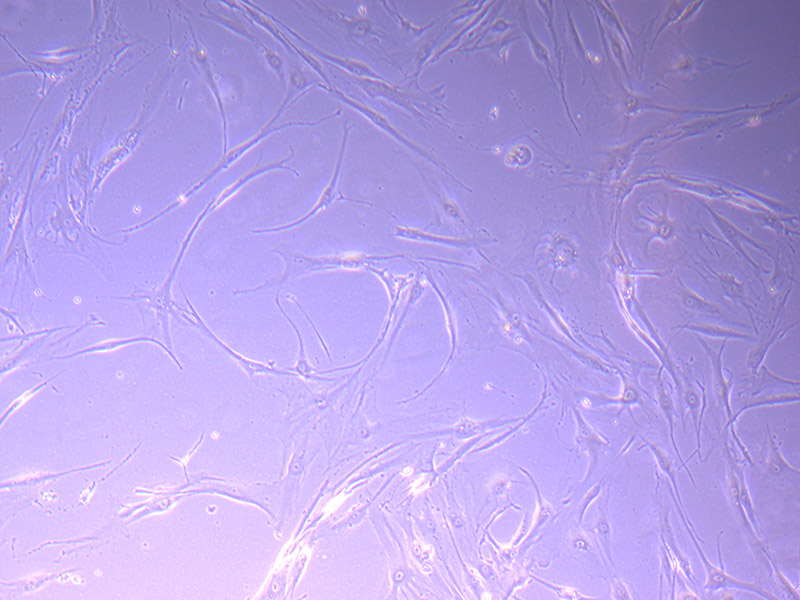
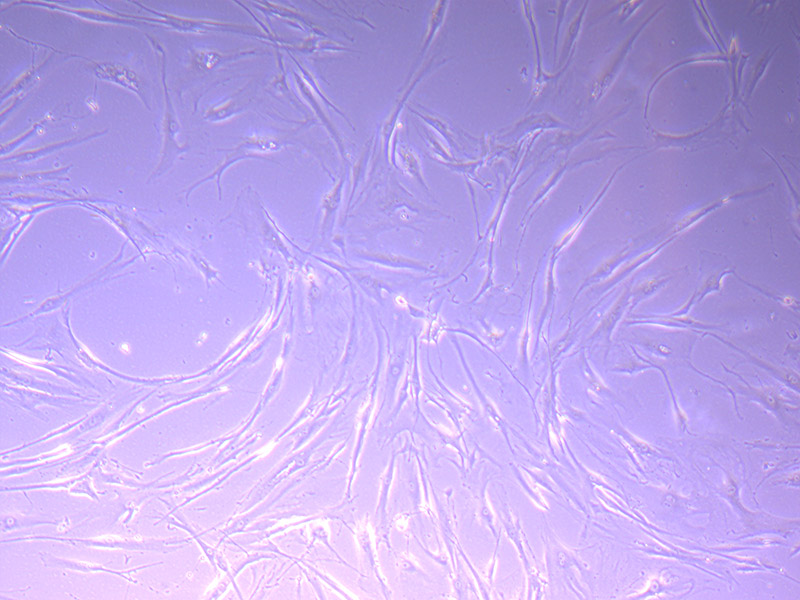
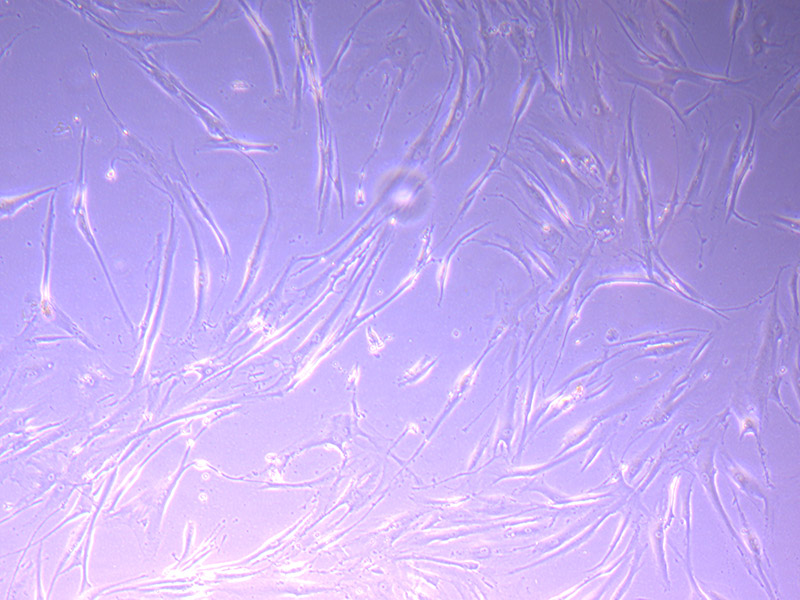

 MPCL Scaffolds – tubular structures at varying heights.
MPCL Scaffolds – tubular structures at varying heights. Scaffolds in Petri Dish – flat square structures.
Scaffolds in Petri Dish – flat square structures.  MPCL+CaP coating
MPCL+CaP coating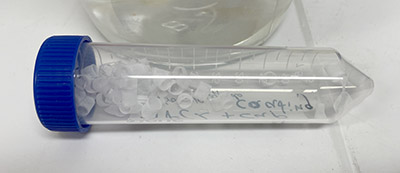 MPCL+CaP coating – tube structures.
MPCL+CaP coating – tube structures.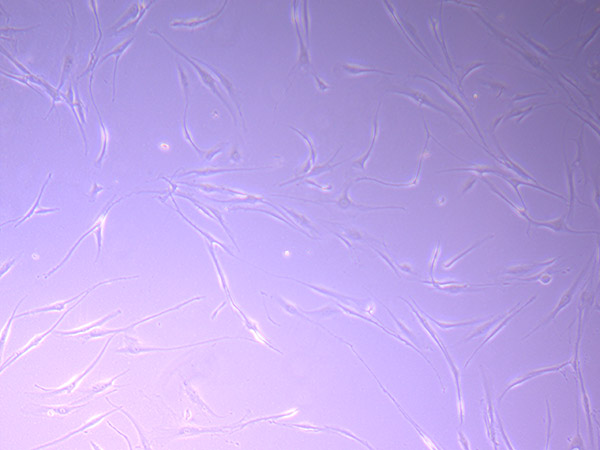
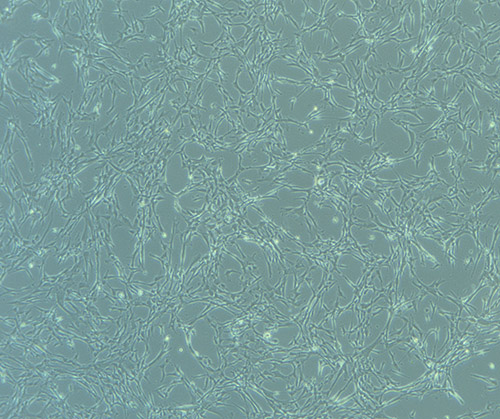
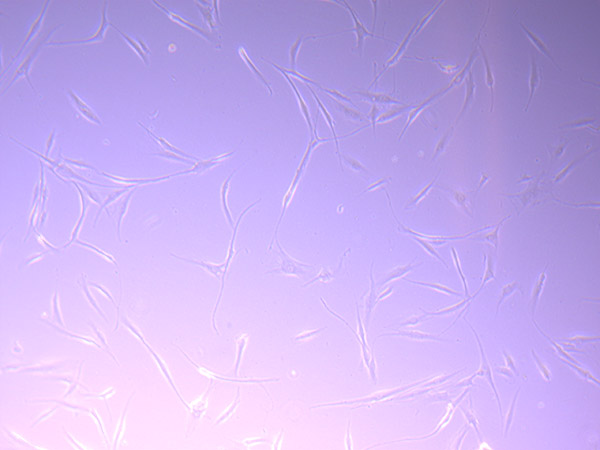

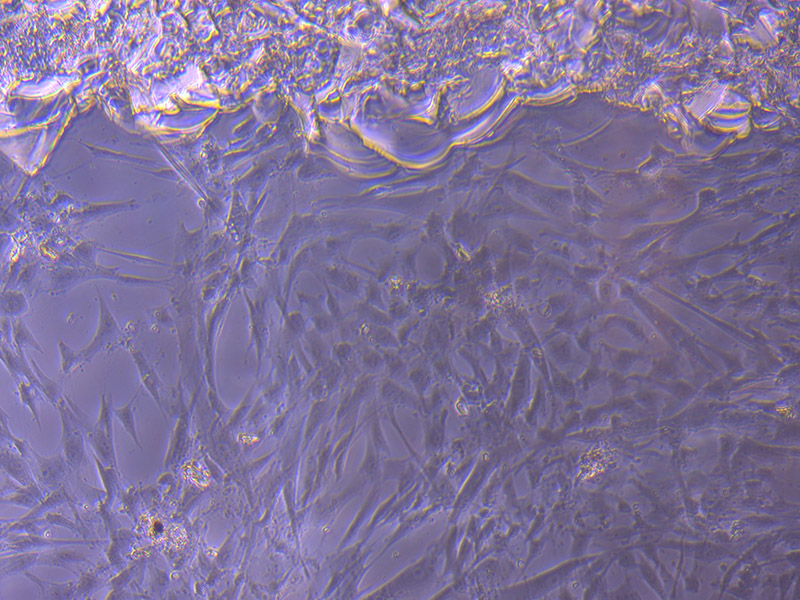
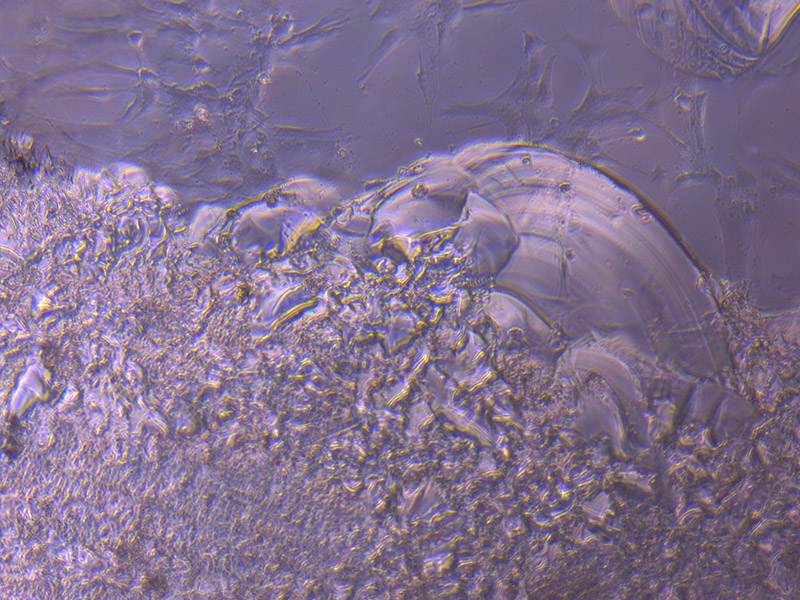
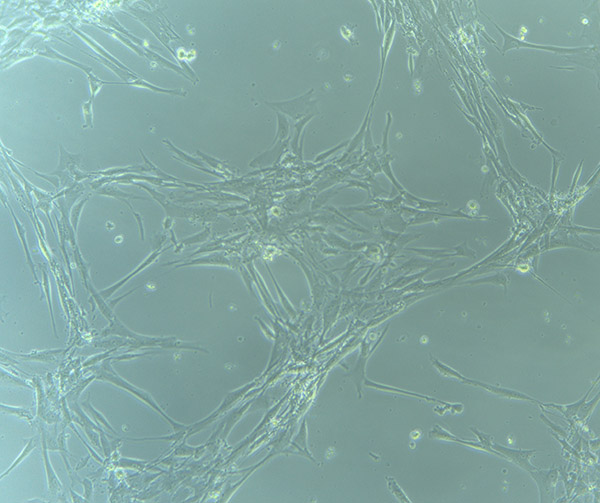
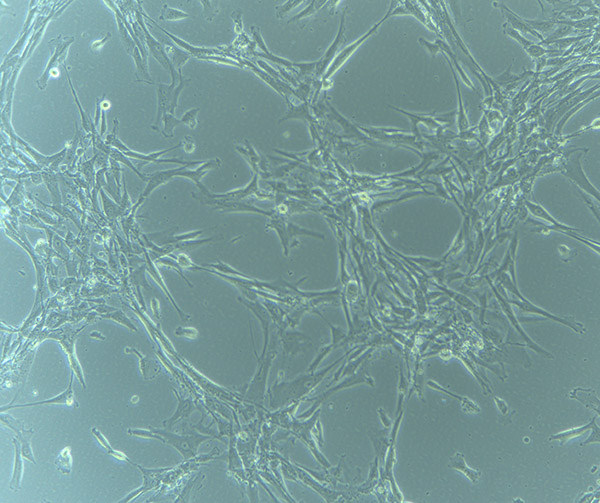 HBVPs growing in T75 Flask – 13/9/21
HBVPs growing in T75 Flask – 13/9/21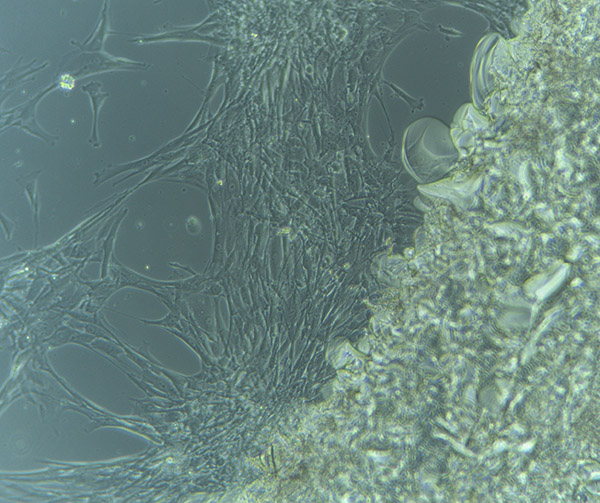
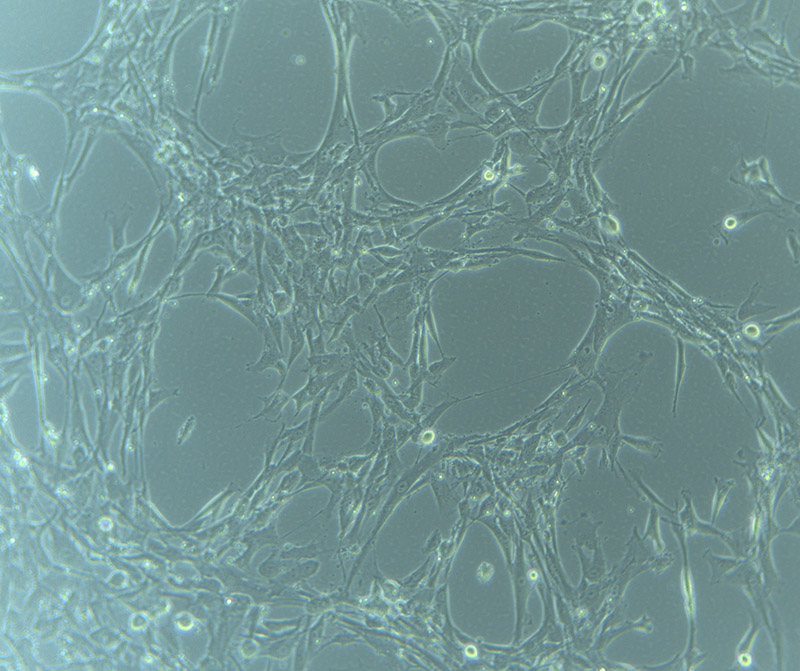
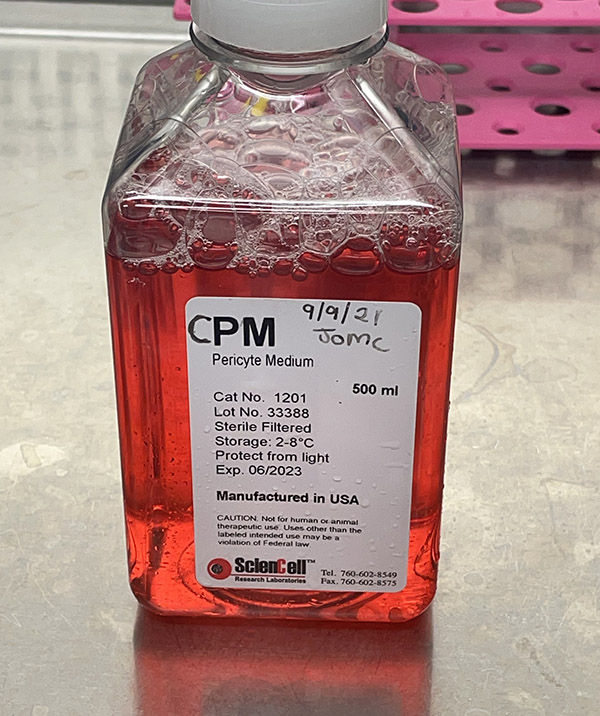

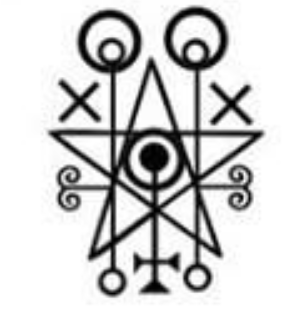 I engraved the base of two dishes with a ripple pattern to see if the engraving would impact on the growth/adherence of the cells. Inspired by the awesome work of
I engraved the base of two dishes with a ripple pattern to see if the engraving would impact on the growth/adherence of the cells. Inspired by the awesome work of 
